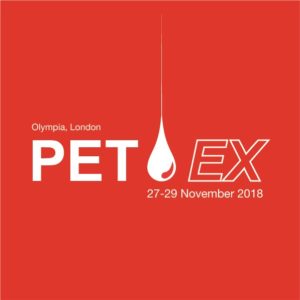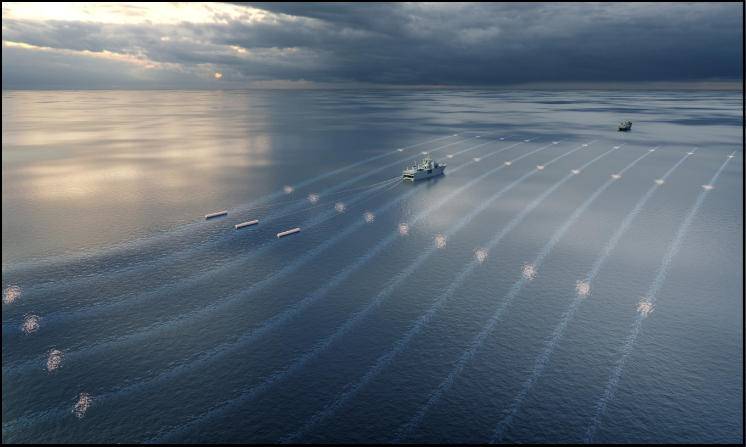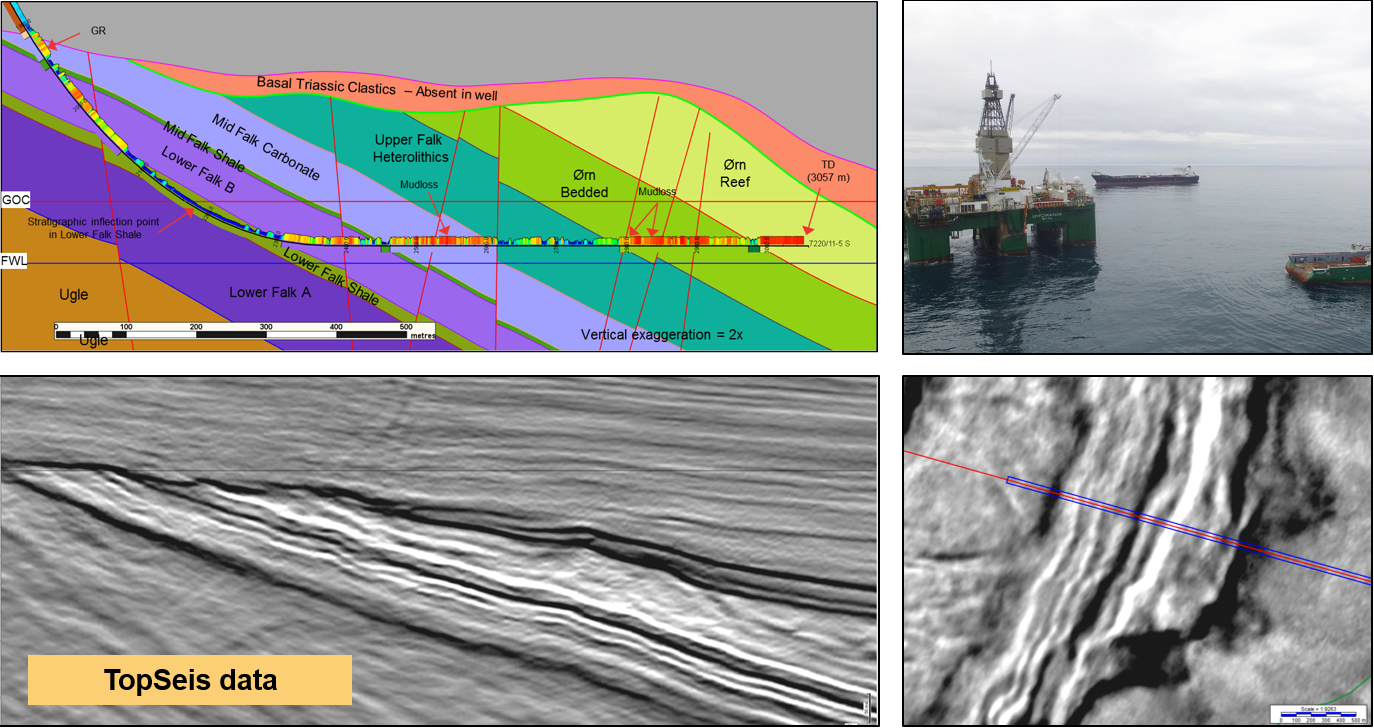18th June 2019
Event phone:
Abstract Coming Soon
PESGB Members do not need to register to attend
Food and drink served from 6:00pm, lecture starts at 6:30pm
Awarded Best Presentation in Enabling Technology at

Lundin Norway made its first discovery in carstified Permian carbonates back in 2013, when the Gohta discovery was made. Following on from this, the Alta field was discovered a year later in a similar setting directly North East. Through well logs and cores, it became clear that in order to develop such fields, better seismic with higher image quality was needed. A team of geophysical experts in Lundin sat down and cracked out a new plan to overcome all the obstacles to tackle the image problems across the Loppa High in the Barents Sea. A number of both older and newer seismic 3D surveys were reprocessed, re-analyzed and reviewed to try and understand the fundamental issues with each one of them and find out, what should be done to acquire a new survey with all the right parameters. It became clear that sampling, both inline and xline was too coarse. Also most large-scale 3D modern surveys lack near offset data (due to too wide tows) in addition to using too large (aerially distributed sources) seismic air-gun sources. A new novel method, involving placing the seismic sources in the middle and directly above all the streamer cables was born. CGG was keen to develop this method together with Lundin and through a lot of modeling, field tests and redesigns from 2015-2017, the TopSeis source-over-cable method was developed. The first large scale survey, LN17001, covering 2000 sqkm was acquired across the Loppa High with its many leads and fields: Gohta, Alta, Salinas, Hufsa to name a few. They survey used triple compact small dithered sources, towed in the middle of all the cables. With only 3.6s shot point interval this gave a native sampling of only 6.26 x 8.33m (il * xl). By placing a source vessel and three sources above the cables, split-spread gathers became a reality for towed marine seismic, for the first time ever. Not only do we now record absolute zero offsets, but also full azimuth and more importantly the zero- and near -offset data is very quiet and almost noise free because there is no tug noise and the sensors are towed very deep below the sources (~35m). In the spring of 2018 an extended well test across parts of the Alta field was performed using the new source over cable data to optimally place and understand the fluid flows in the reservoir. The new data is a clear step up in quality compared to any type of legacy data in this area.
The presentation will take you on a journey of TopSeis from the drawing board, through modeling, fields tests, analysis and all the way up to and including the first large scale commercial acquisition in the Barents Sea. Processing the split-spread data, with its inherent blended sources will also be covered.

Figure 1: Illustrating the towing arrangement with two vessels for the TopSeis acquisition mode. The front vessel tows all the deep towed streamers, followed by a source vessel approximately 4km behind, towing 3 small compact dithered sources.

Figure 2: The stratigraphic section is shown along the extended well test. The seismic section below is from the new split-spread data and now confirms nicely with the new observed well log data. The oil produced during the test was pumped across to a tanker alongside the rig during the extended well test.
Venue Information
Venue information
Venue name:
Jurys Inn

